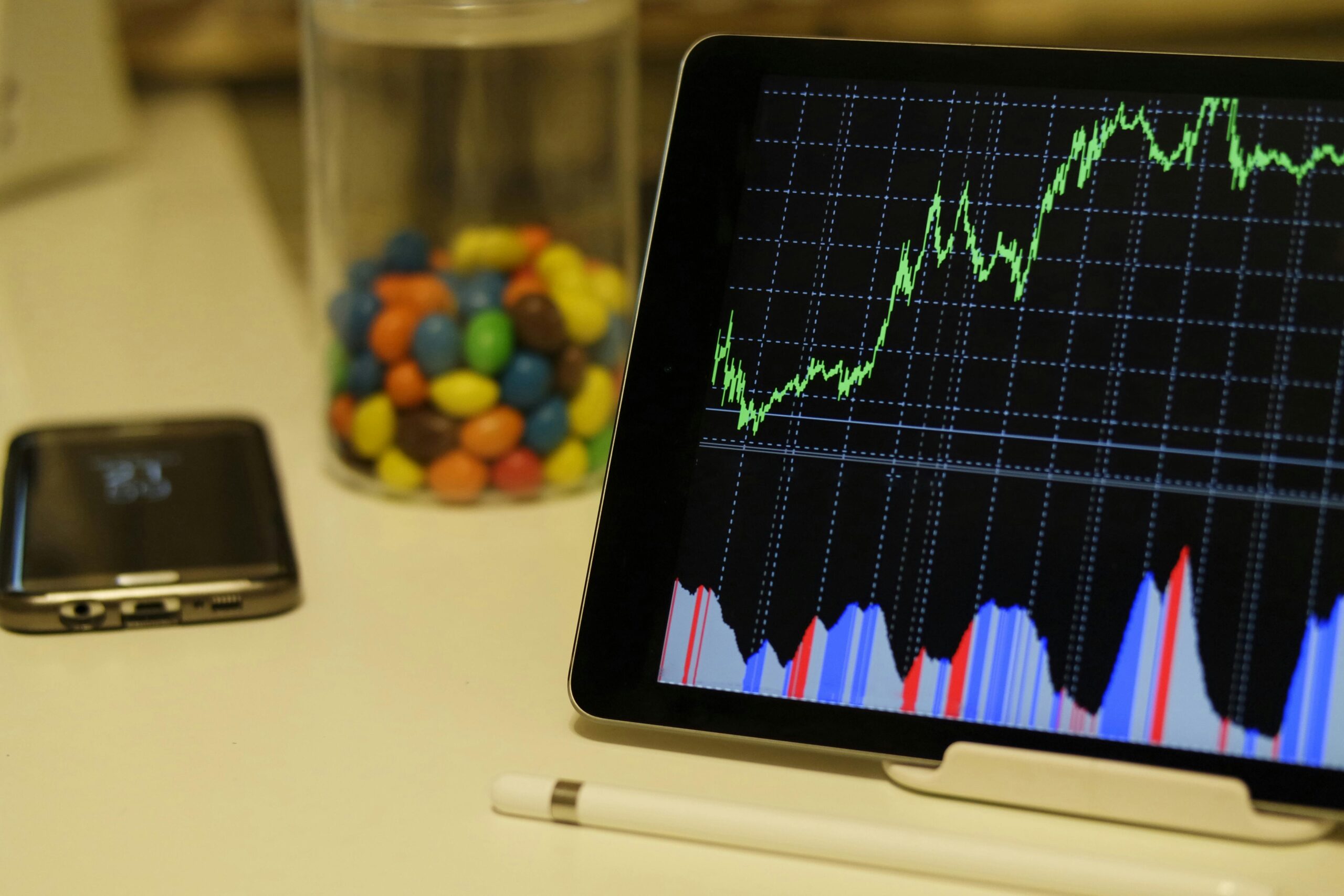CFD (Contract for Difference) trading has grown into a global financial powerhouse, offering traders the flexibility to speculate on asset price movements without owning the underlying assets. From commodities and indices to forex and cryptocurrencies, CFD trading provides opportunities across diverse markets. As technology advances and regulatory frameworks evolve, the landscape of CFD trading is undergoing rapid transformation. Understanding these changes is crucial for traders and investors looking to stay ahead of the curve. This article explores the future of international CFD trading, highlighting key trends and innovations that are defining the next generation of market activity.
The Evolution of CFD Trading
CFDs originated in the early 1990s as a derivative instrument tailored for institutional investors. Over time, they became accessible to retail traders, fueled by the expansion of online trading platforms. The ability to trade on margin, leverage positions, and speculate on both rising and falling markets has contributed to their widespread appeal.
As financial markets have globalized, CFD trading has expanded beyond Europe and North America into emerging economies. Today, traders from Asia, Africa, and Latin America are increasingly participating, drawn by the accessibility of online platforms and the promise of high returns. The shift from traditional stock trading to CFDs is largely driven by technological advancements, lower capital requirements, and the ability to trade a diverse range of assets with minimal restrictions. Check out ADSS for more information.
Emerging Trends in CFD Trading
The global CFD trading landscape is evolving rapidly, shaped by new technologies, shifting trader demographics, and an increased focus on regulatory compliance. One of the most notable trends is the rise of retail traders. In the past, CFDs were primarily the domain of institutional investors, but the rise of user-friendly platforms, educational resources, and social trading networks has empowered individual traders to participate on a larger scale.
Another major trend is the rapid growth of CFD trading in emerging markets. Regions such as Southeast Asia, the Middle East, and parts of Africa are witnessing a surge in new traders as financial literacy improves and internet penetration increases. Many brokers are expanding their reach by offering localized services, multi-language platforms, and tailored trading conditions to attract these new participants.
Technology is also playing a transformative role in CFD trading. The integration of artificial intelligence (AI) and machine learning is making market analysis more efficient. AI-driven trading algorithms can now process vast amounts of data in real time, identifying patterns and executing trades with precision. Additionally, automated trading systems are becoming more sophisticated, allowing traders to implement complex strategies with minimal manual intervention.
Innovations in CFD Platforms and Tools
CFD trading platforms are undergoing significant upgrades to meet the growing demands of modern traders. The latest platforms feature enhanced user interfaces, improved execution speeds, and customizable trading environments. Accessibility is a key focus, with brokers optimizing platforms for mobile devices, ensuring traders can manage their positions from anywhere in the world.
Advanced risk management tools are also emerging to help traders navigate market volatility. Features such as guaranteed stop-loss orders, negative balance protection, and real-time margin monitoring are becoming standard. These tools empower traders to control risk exposure more effectively and make informed decisions without the fear of excessive losses.
Blockchain technology is another innovation reshaping the CFD trading industry. The potential for blockchain to provide greater transparency and security in financial transactions is drawing attention from brokers and regulators alike. Some platforms are exploring decentralized trading solutions, which could reduce counterparty risks and enhance trust in the CFD market.
Regulatory and Compliance Landscape
Regulatory frameworks for CFD trading are tightening across the globe, as financial authorities seek to protect retail traders from excessive risk. In regions such as the European Union, Australia, and the United Kingdom, new measures have been introduced to limit leverage, impose stricter reporting requirements, and enhance transparency.
The increased focus on compliance has led to the rise of regulatory technology (RegTech). Brokers are investing in AI-driven compliance solutions to streamline KYC (Know Your Customer) and AML (Anti-Money Laundering) processes. Automated compliance tools help brokers meet regulatory requirements efficiently while ensuring a seamless trading experience for users.
Global Trading Partnerships and Ecosystems
The CFD trading market is becoming more interconnected, with brokers, technology providers, and liquidity providers forming strategic partnerships to enhance trading experiences. Collaborations between brokerage firms and fintech companies are leading to the development of more efficient trading infrastructures, with improved order execution and reduced latency.
Cross-border trading is also on the rise, as improved financial infrastructure and digital payment solutions make it easier for traders to access international markets. The ability to trade CFDs on global assets without geographical restrictions is increasing opportunities for diversification. Enhanced liquidity and real-time data feeds are helping traders make more informed decisions while accessing a broader range of investment opportunities.
Conclusion
The future of international CFD trading is being shaped by rapid technological advancements, shifting trader demographics, and evolving regulatory frameworks. AI-driven market analysis, blockchain integration, and enhanced risk management tools are redefining the way traders engage with CFDs. As the industry continues to evolve, traders who stay informed about these emerging trends will be better positioned to capitalize on new opportunities.




